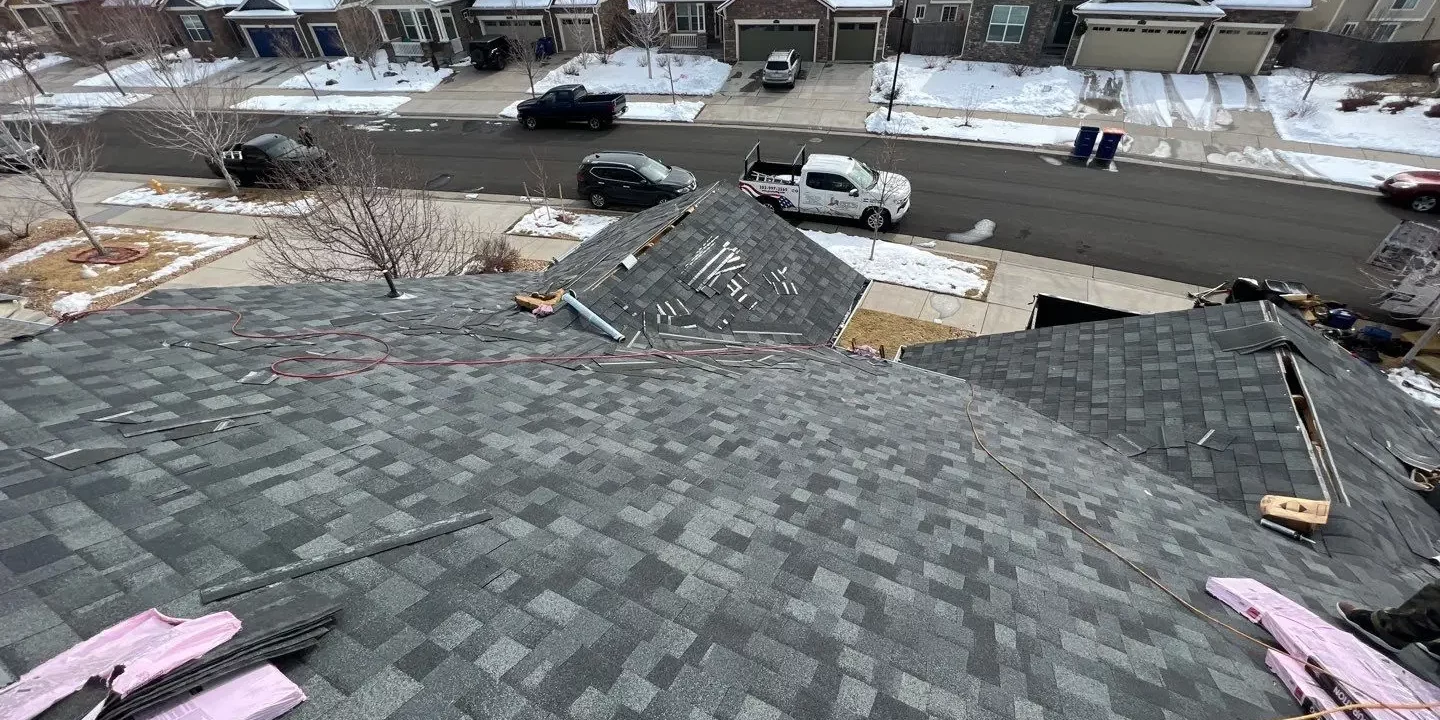Comprehensive Guide to the Four Fundamental Roof Designs
Introduction
Roof designs are crucial in defining the aesthetic and functionality of a structure. They protect against various weather conditions and complement the architectural style of a building. This guide delves into the four fundamental roof designs, offering insights into their characteristics and suitability for different environments.
Gable Roof: Classic Simplicity
Characteristics
The gable roof, with its distinct triangular shape, is one of the most popular roof types. Its design allows for additional attic space or potential living quarters, making it an excellent choice for residential properties. The simplicity of the gable roof not only facilitates easier construction but also makes it more cost-effective compared to more complex designs.
Advantages
Gable roofs are exceptionally efficient at shedding water and snow, thereby minimizing the risk of water damage. Their straightforward design allows for more affordable maintenance and repair.
Considerations
Despite its many benefits, the gable roof can be susceptible to wind damage. In areas prone to high winds, modifications or reinforcements are necessary to ensure the roof’s integrity.
Hipped Roof: Enhanced Stability
Characteristics
A hipped roof features slopes on all four sides that converge at the top, offering a stable and sturdy design. This style is common in both residential and commercial buildings due to its attractive appearance and practical benefits.
Advantages
The hipped roof is less vulnerable to wind damage compared to the gable roof, making it ideal for windy regions. Its design promotes efficient drainage and snow removal, which helps in maintaining the roof’s structure over time.
Considerations
The complexity of a hipped roof can lead to higher initial construction costs. However, the long-term benefits, such as increased durability and added property value, often justify the investment.
Mansard Roof: Maximizing Space
Characteristics
The mansard roof, recognized for its double slope on each side, maximizes the use of interior space. It typically features dormer windows to provide natural light, enhancing the usability of the attic space.
Advantages
This design is particularly beneficial for those looking to create additional living areas within the roof structure, offering a versatile space that can be customized to meet various needs.
Considerations
The mansard roof’s complex design can be more expensive to construct and maintain. Additionally, in regions with heavy snowfall, its structure may require extra reinforcement to handle the weight of the snow.
Flat Roof: Modern and Functional
Characteristics
Flat roofs are predominantly used in industrial and commercial architecture but are also becoming popular in contemporary residential designs. Their level surface is ideal for housing utilities like HVAC systems.
Advantages
The cost-effectiveness and ease of construction are significant benefits of flat roofs. They provide a modern look and can be used as additional outdoor living spaces in suitable climates.
Considerations
The main drawback of a flat roof is its poor drainage, which can lead to water pooling and leakage. Proper maintenance and waterproofing are critical to prevent moisture penetration and damage.
Conclusion
Each roof design offers unique benefits and challenges. The choice of roof should align with the specific environmental conditions and architectural style of the building. At GCCS Roofing, Inc., located in Littleton, CO, we specialize in providing top-notch roofing services that cater to all your needs. Whether you’re considering a new roof installation or maintenance of an existing one, our expertise ensures that your roofing decisions are both aesthetically pleasing and functionally sound.







